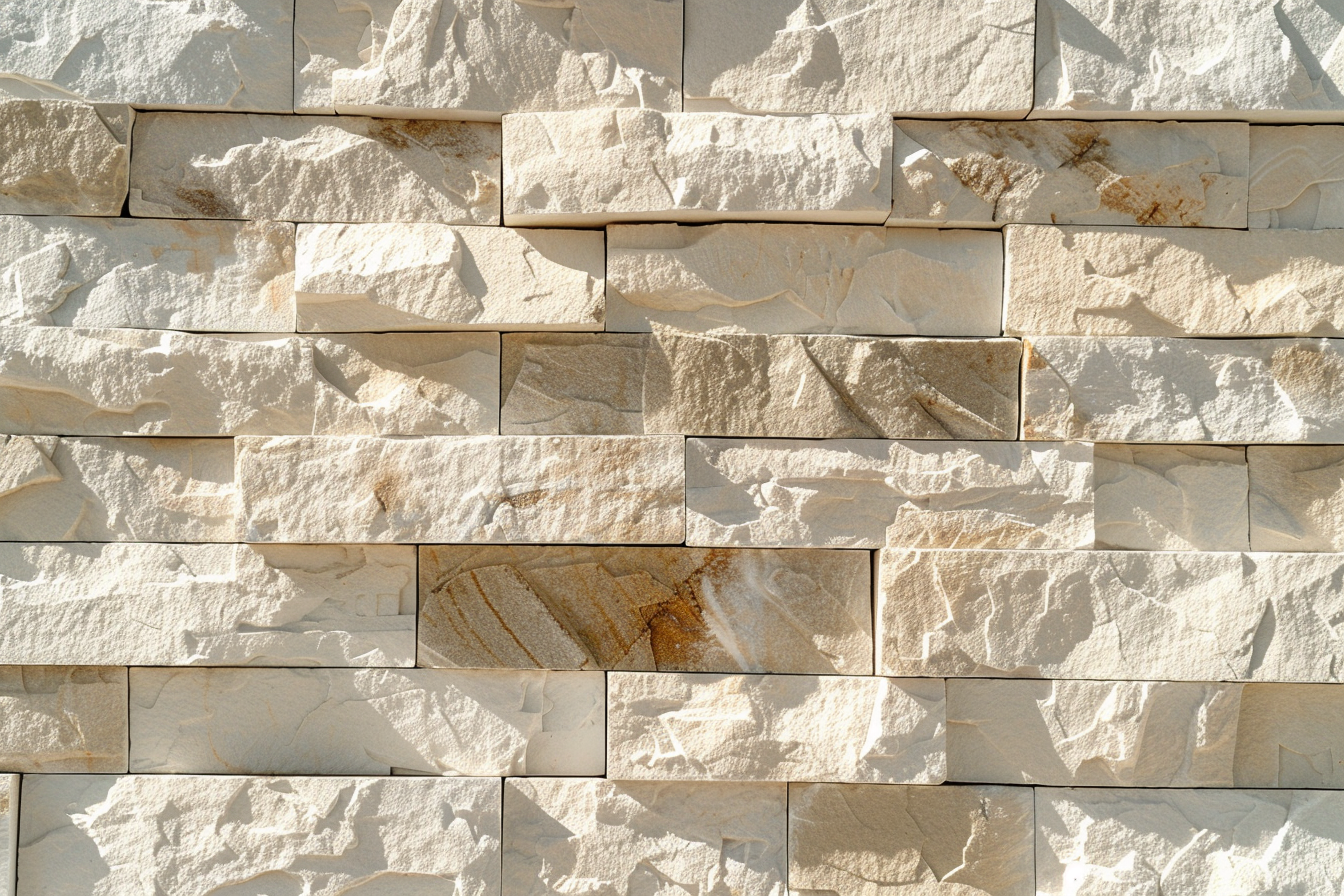Stone in Architectural Design

1. Introduction
Stone is among the most enduring and historically significant building materials in architecture. From ancient temples to modern civic buildings, stone has conveyed permanence, craftsmanship, and connection to nature. In contemporary practice, stone is not only appreciated for its aesthetic qualities but also for its structural capabilities and environmental performance. For recent architecture graduates, understanding stone is essential—not just for restoration and heritage projects, but for creating innovative designs that reflect regional identity, material honesty, and sustainability. This article bridges academic theory and practical knowledge, exploring stone types, their properties, and how to effectively use them in design.
Sections covered include:
- Types of architectural stone
- Key material properties
- Common uses and techniques
- Contemporary applications and innovations
- Technical and construction considerations
- Climate and contextual factors
- Case studies
2. Types of Architectural Stone Architectural stone can be classified based on formation process and material composition:
2.1 Sedimentary Stones
- Limestone: Versatile and soft, ideal for carving and cladding.
- Sandstone: Durable, available in warm earth tones, commonly used for walls and pavements.
Pro Tip: Limestone is often used in public buildings for its light color and clean finish—but avoid using it in freeze-thaw climates without proper sealing.
2.2 Igneous Stones
- Granite: Extremely durable, low porosity, ideal for heavy structural loads and flooring.
- Basalt: Dark, fine-grained, increasingly used in modern minimalistic facades.
2.3 Metamorphic Stones
- Marble: High aesthetic value, used for interior finishes and monumental structures.
- Slate: Used in roofing and wall cladding due to its cleft texture and weather resistance.
3. Properties of Stone in Architecture3.1 Mechanical Properties
- Compressive Strength: Granite >100 MPa; Limestone ~30–70 MPa.
- Density and Load-bearing Capacity: Important for structural use.
3.2 Physical Properties
- Porosity: Affects durability and weathering.
- Thermal Mass: High in stone—advantageous for passive solar design.
- Fire Resistance: Non-combustible, making stone ideal for fireproof walls.
Pro Tip: Always consider how porosity will affect maintenance—sandstone may absorb pollutants in urban environments.
3.3 Aesthetic Properties
- Color Variability: Natural range adds richness.
- Texture: From polished marble to rough-split slate.
4. Traditional and Modern Applications4.1 Structural Use
- Load-bearing masonry
- Piers, columns, arches
4.2 Cladding and Veneers
- Cut thin and adhered to substrates
- Used in ventilated facades
4.3 Interior Applications
- Flooring, countertops, accent walls
- Acoustic performance in domed or vaulted spaces
Pro Tip: In contemporary interiors, stone is often paired with glass or metal for a balanced material palette.
4.4 Landscape Architecture
- Retaining walls, pavers, seating elements
5. Detailing and Construction Considerations
5.1 Fixing Systems
- Dry Joint Cladding: Mechanical anchors
- Wet Joint: Mortar or adhesive
5.2 Joints and Tolerances
- Thermal movement and expansion must be accommodated
- Use of back-ventilated cavities improves durability
5.3 Maintenance
- Stone should be sealed (depending on type)
- Clean using non-acidic solutions
6. Climate, Scale, and Budget Considerations6.1 Climate
- In humid or freeze-thaw climates, choose low-porosity stones
- Consider solar gain and heat retention in arid climates
6.2 Urban vs. Rural Context
- Urban: Engineered finishes and modular systems
- Rural: Rubble masonry or regional stone
6.3 Budget
- Cost Hierarchy: Granite > Marble > Slate > Limestone > Sandstone
- Source regionally to reduce transport costs and carbon footprint
Pro Tip: Check availability of local quarry stone to reduce embodied energy and reinforce vernacular design.
7. Case Studies
7.1 The Scottish Parliament Building (Edinburgh, UK)
- Stone: Indigenous Gneiss and Granite
- Use: External cladding and interior detailing
- Details: Stones were hand-laid in panels, expressing craftsmanship and national identity.
- Effectiveness: Blends modern forms with traditional material expression.
7.2 Menil Collection (Houston, USA) by Renzo Piano
- Stone: Grey St. Joe Brick (limestone-like qualities)
- Use: Cladding and shading
- Details: Harmonizes with the residential context, refined modern detailing
- Effectiveness: Soft, luminous surfaces that age gracefully in a hot, humid climate.
7.3 The Getty Center (Los Angeles, USA) by Richard Meier
- Stone: Italian Travertine
- Use: Exterior and interior wall panels
- Details: Custom-cut panels with reveal joints
- Effectiveness: Light-enhancing texture and timeless character in a high-sunlight context
8. Conclusion Stone remains one of the most valued and versatile materials in architecture. Its diverse types and properties allow it to function both structurally and decoratively across a wide range of scales and climates. For recent graduates, understanding how to specify and detail stone appropriately is a crucial professional skill that ties design intent with material integrity. Whether referencing historical context or embracing contemporary techniques, stone continues to offer richness, durability, and ecological relevance in architectural design.